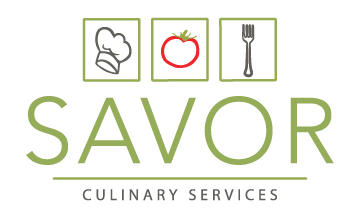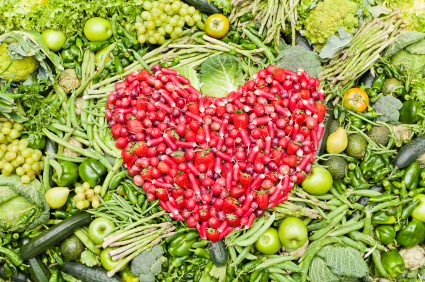February is Heart Healthy month, and to help you cook and eat heart-healthy, Chef Deb Cantrell offers a few simple tips:
1. Remember that eating heart-healthy does not have to be difficult. Or bland!
2. Try low sodium substitutes for cooking. Use fresh (not dried) herbs in place of salt for even more flavor. Also, use lemon or lime juice – it “brightens” your taste buds, and the acid mimics salt.
3. Choose colorful foods. Try to fill your plate with as many colorful foods as possible, such as broccoli, squash, lettuce and tomatoes. And don’t forget about dark-colored foods. Dark purple and black foods contain high levels of antioxidants. Black rice’s hull contains higher amounts of vitamin E than brown rice and more antioxidants than blueberries. Consider other dark-colored foods, such as black lentils, blackberries and black beans.
4. When you’re eating grains, choose whole grains. They are good sources of fiber and other nutrients that play a key role in blood pressure and heart health. Avoid refined grains as much as possible, such as white flour and white rice. Branch out and try whole-grain couscous, quinoa or barley.
5. Choose “good fats” instead of bad ones. Use olive or canola oil instead of shortening or hydrogenated margarines. Fats found in fish, avocados, nuts and seeds are all good choices for a heart-healthy diet.
6. Read labels. Avoid trans fat, partially hydrogenated oil and products high in saturated fat. Also avoid food that is high in sodium.
7. Exercise. The heart is a muscle, and a muscle has to be worked. Find a type of exercise you enjoy and will do several times a week, whether it’s walking, yoga, Zumba, cycling or running.
Need help eating, cooking and/or shopping for heart-healthy foods? Call Savor Culinary Services to schedule a consultation, grocery tour, private cooking lesson or personal chef services. 817.277.3031. Learn more at www.savorculinaryservices.com.

